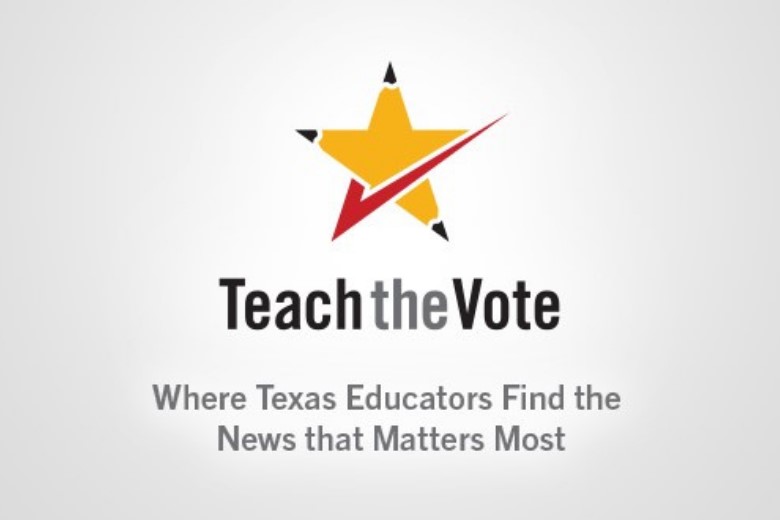TEA releases results of ESSA public survey

Date Posted: 1/03/2017
 The Texas Education Agency (TEA) released the results of a survey the agency conducted to collect public input on the state’s plan to implement the Every Child Succeeds Act (ESSA). Recognizing that the new law returns some decisionmaking to states when it comes to federal education policy, Commissioner Morath and TEA turned to parents, educators, taxpayers, and other public education stakeholders in Texas to gather required input on a handful of issues the state will have the opportunity to address.
The survey gathered information on five main topics, including how Texas should measure school quality or school success, support the educational success of students with varying backgrounds, increase student access to effective educators, prepare students for college and career, and support struggling schools. For each question, respondents were offered multiple options and asked to rank their top three choices.
The Texas Education Agency (TEA) released the results of a survey the agency conducted to collect public input on the state’s plan to implement the Every Child Succeeds Act (ESSA). Recognizing that the new law returns some decisionmaking to states when it comes to federal education policy, Commissioner Morath and TEA turned to parents, educators, taxpayers, and other public education stakeholders in Texas to gather required input on a handful of issues the state will have the opportunity to address.
The survey gathered information on five main topics, including how Texas should measure school quality or school success, support the educational success of students with varying backgrounds, increase student access to effective educators, prepare students for college and career, and support struggling schools. For each question, respondents were offered multiple options and asked to rank their top three choices.
- In order to measure school quality or success, respondents chose career and technical training, student engagement, and school climate and safety as the top three gauges.
- The top strategy chosen by respondents to equalize and grow access to high-quality teachers and principals was increasing teachers’ salaries. Ensuring school leaders have the flexibility to staff their schools based on the specific needs of their students and communities, and ensuring that teacher preparation programs focus on the skills and practices most linked to student achievement followed.
- To ensure a quality education for all students, focusing resources on learning in early grade levels, providing high-quality teacher training and supports, and highlighting best practices that have increased student outcomes rose to the top of the list.
- To improve struggling schools, respondents felt the following were the best approaches: provide more funding and resources for curricular materials, such as technology; offer incentives for excellent teachers to teach in those schools; and provide more funding and resources for wrap-around services like health care services, behavioral health services, or parent education offerings.
- Critical thinking and development of interpersonal skills were respondents’ choices for the knowledge and skills students need in order to be prepared for college and career.
CONVERSATION
RECOMMENDED FOR YOU

12/02/2025
Finalized rules announced for Texas voucher program
The comptroller’s office denied requests from public school advocates to require private schools to disclose more information on donors, available spots by grade level, and more.

11/24/2025
November 2025 SBOE Recap: Implications for 2026-27 and beyond
The packed agenda covered instructional materials, TEKS updates, graduation rules, parental rights training, and the new HB 1605 literary works list.

11/21/2025
Teach the Vote’s Week in Review: Nov. 21, 2025
Federal education oversight remains in turmoil as the Trump Administration pushes forward with plans to dismantle the Department of Education. Plus: Check out more of the latest education news on atpenews.org.

